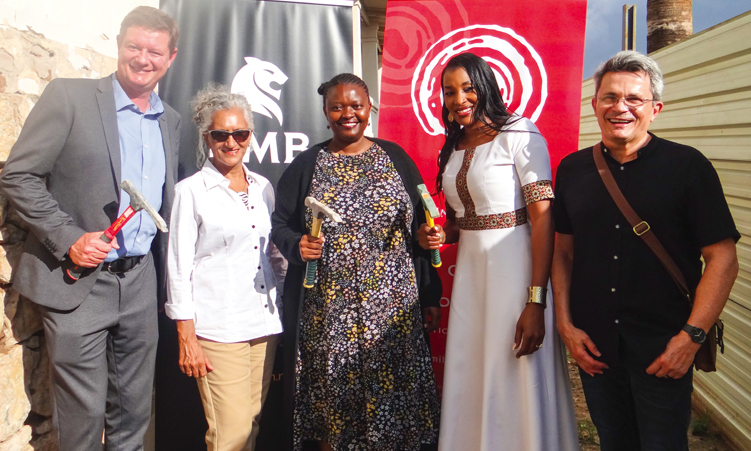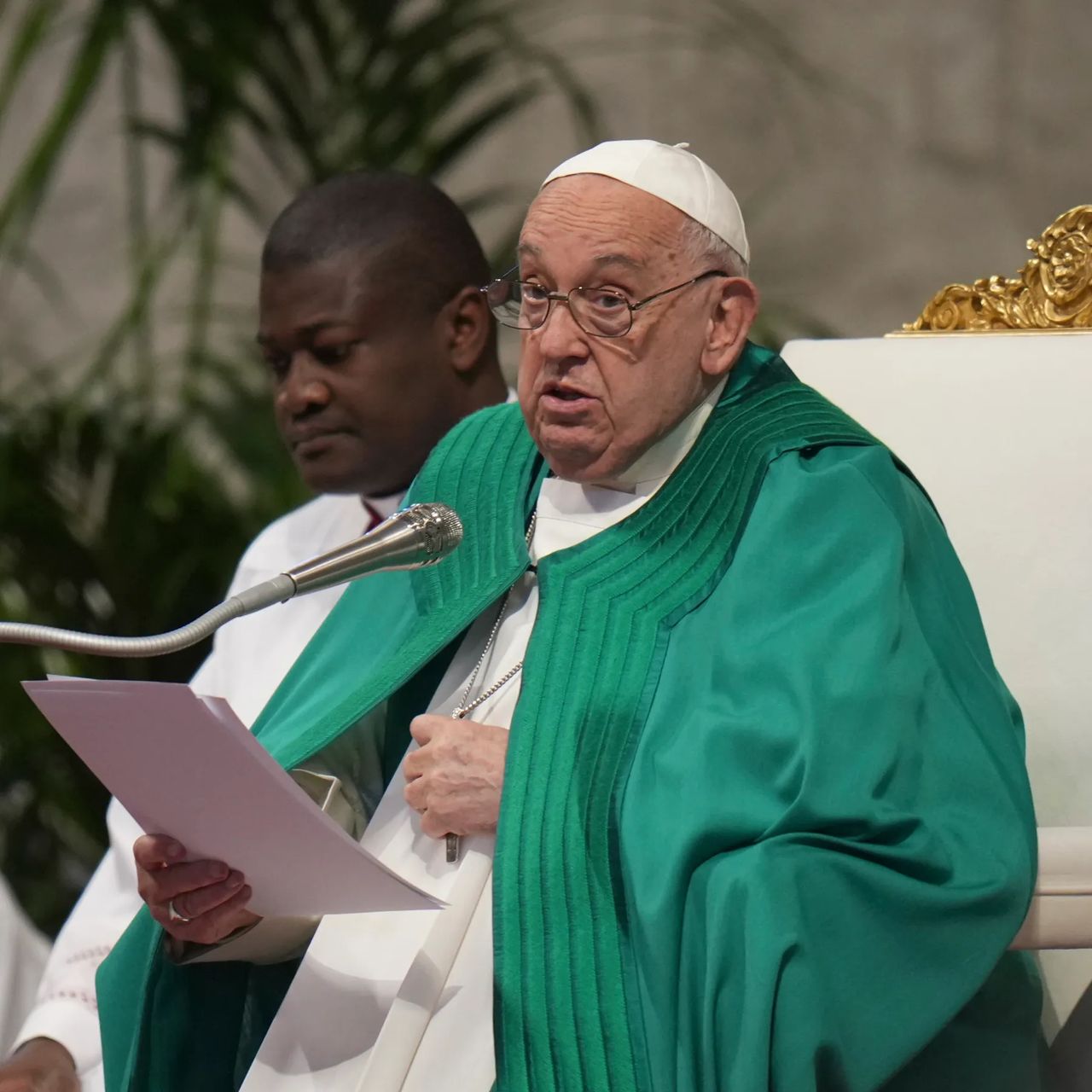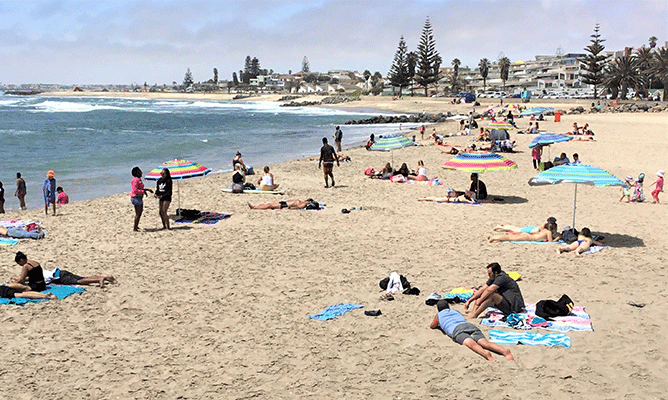After a decade of standing vacant, Windhoek’s Alte Feste is set for restoration.
Once a colonial military fort, a school hostel and a national museum, the Alte Feste is being reimagined as an arts, craft and heritage centre through a multi-partner project led by the Namibia Craft Centre and the Ministry of Education, Innovation, Youth, Sport, Arts and Culture.
At a recent launch event, RMB Namibia pledged N$650 000 towards the renovations. Speaking at a ceremony to break ground on the project, RMB Namibia chief executive Philip Chapman highlighted that the Alte Feste is more than simply a historic landmark.
“This is a structure and a symbol of our nation’s journey, struggles and triumphs. As the renovations start, we are filled with anticipation for what lies ahead,” said Chapman.
“The Alte Feste’s transformation will breathe new life into this historic building and bring new opportunities for Windhoek and its people. This space will become a vibrant hub of culture, creativity and empowerment, providing a platform for local artisans and showcasing the rich heritage of Namibia,” he said.
The funds from RMB Namibia are ring-fenced for phase one of the project which involves the structural mitigation and external restoration of the building’s Robert Mugabe Avenue façade.
Renovations will be overseen by Jaco Wasserfall Architects alongside heritage specialist Jens Wiedow, quantity surveyors SBDS & Fourie and civil and structural engineers Burmeister & Partners.
The Alte Feste (German for Old Fort) was built in 1890 and has weathered significant structural damage including water ingress, rising damp, termite infestation and degraded materials.
“A geotechnical investigation done late last year confirmed that the building has no conventional foundations and was built directly on mica rock,” says architect Jaco Wasserfall.
“In order to devise appropriate strategies of intervention, a piecemeal and time-consuming approach – backed by in-depth research – has to be followed to physically examine, assess and capture the various elements of building structure, components, materials, methods and finishes, both original and forming part of subsequent renovation/maintenance efforts,” says Wasserfall.
“As there are no exhaustive records upon which to base such strategies, the peeling back of history – element by element and layer by layer – is the only practical approach to follow,” he says.
“It is an experimental learning process demanding the collective knowledge, skillsets and expertise of consultants and contractor alike, and is accompanied by a transfer-of-skills apprenticeship programme.”
The Alte Feste is the oldest building in Windhoek and Wasserfall underscores its significance as a heritage site.
“The Alte Feste represents a footnote to Namibia’s shared and layered histories,” says Wasserfall.
“It is an exemplary model of adaptive reuse in the way it embodies the multiple histories of change and adaptation to new uses, functions, and political realities over time.”
Though the Alte Feste restoration project is in its early stages, Wasserfall has high hopes for the space.
“The importance of the Alte Feste project lies in it representing the first joint venture between the government as chief custodian of our architectural heritage and the private sector,” says Wasserfall.
“It will also act as catalyst in the drive for urban renewal within Windhoek’s cultural precinct and, more specifically, the Museum Mile stretching along Robert Mugabe Avenue from the Windhoek City Museum in the south to the National Archives in the north,” he says.
“As an exercise in adaptive reuse, it seeks to integrate old and new to fit contemporary needs.
More importantly, the first phase sets the scene for the subsequent restoration and construction phases, the last of which will focus on the construction of the Genocide Museum.”
Considering the Alte Feste’s multiple purposes as a site of remembrance, reconciliation and empowerment, Namibia Craft Centre general manager Shareen Thude emphasises the heritage building’s potential for job creation.
“The Alte Feste’s transformation marks the beginning of a new chapter for both Windhoek and Namibia.
This is not just about restoring a building; it’s about creating a space that empowers local artisans, especially women, while honouring our shared history,” says Thude.
“This initiative represents both healing and opportunity.”
– martha@namibian.com.na; Martha Mukaiwa on Twitter and Instagram; marthamukaiwa.com
Stay informed with The Namibian – your source for credible journalism. Get in-depth reporting and opinions for
only N$85 a month. Invest in journalism, invest in democracy –
Subscribe Now!










